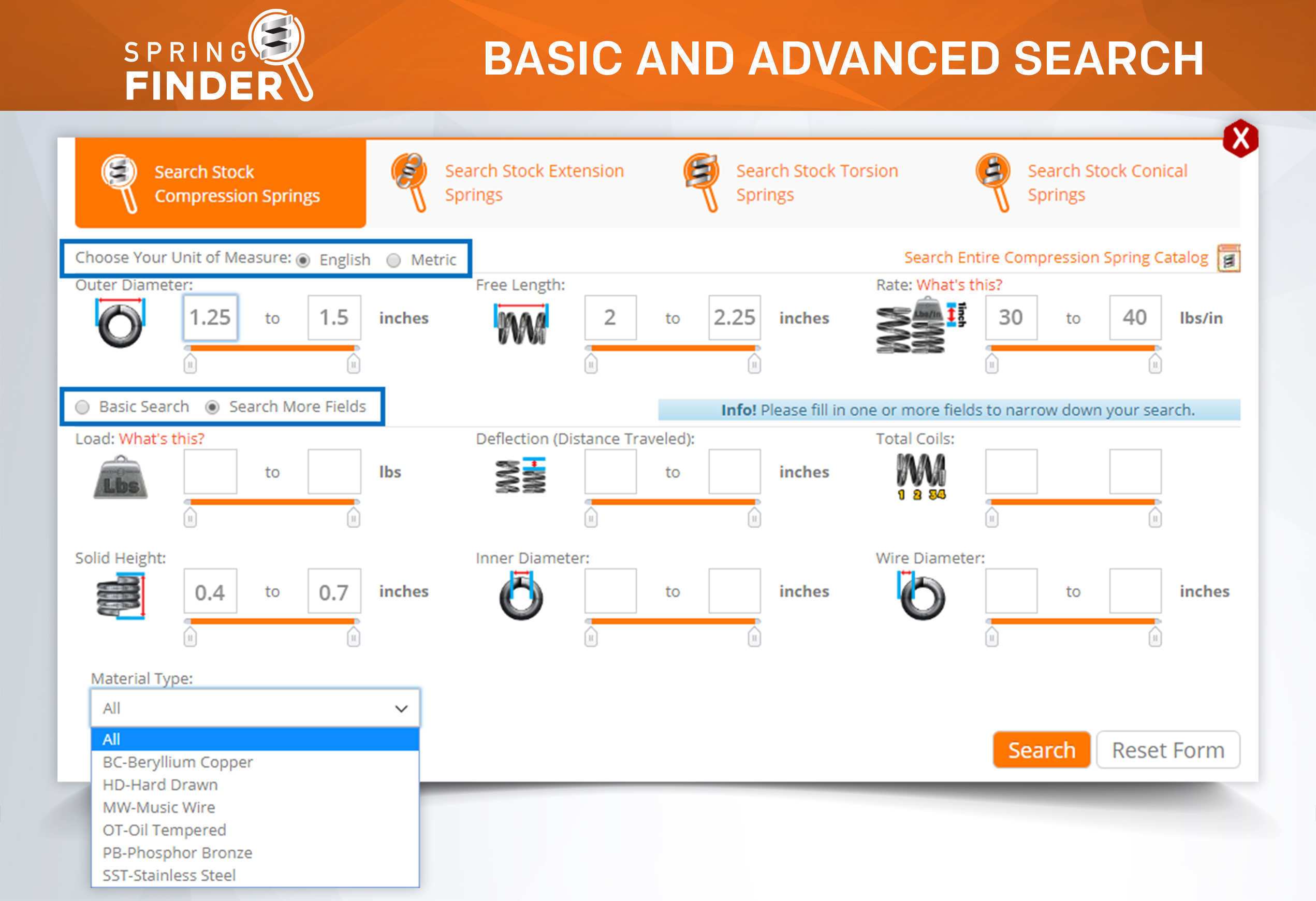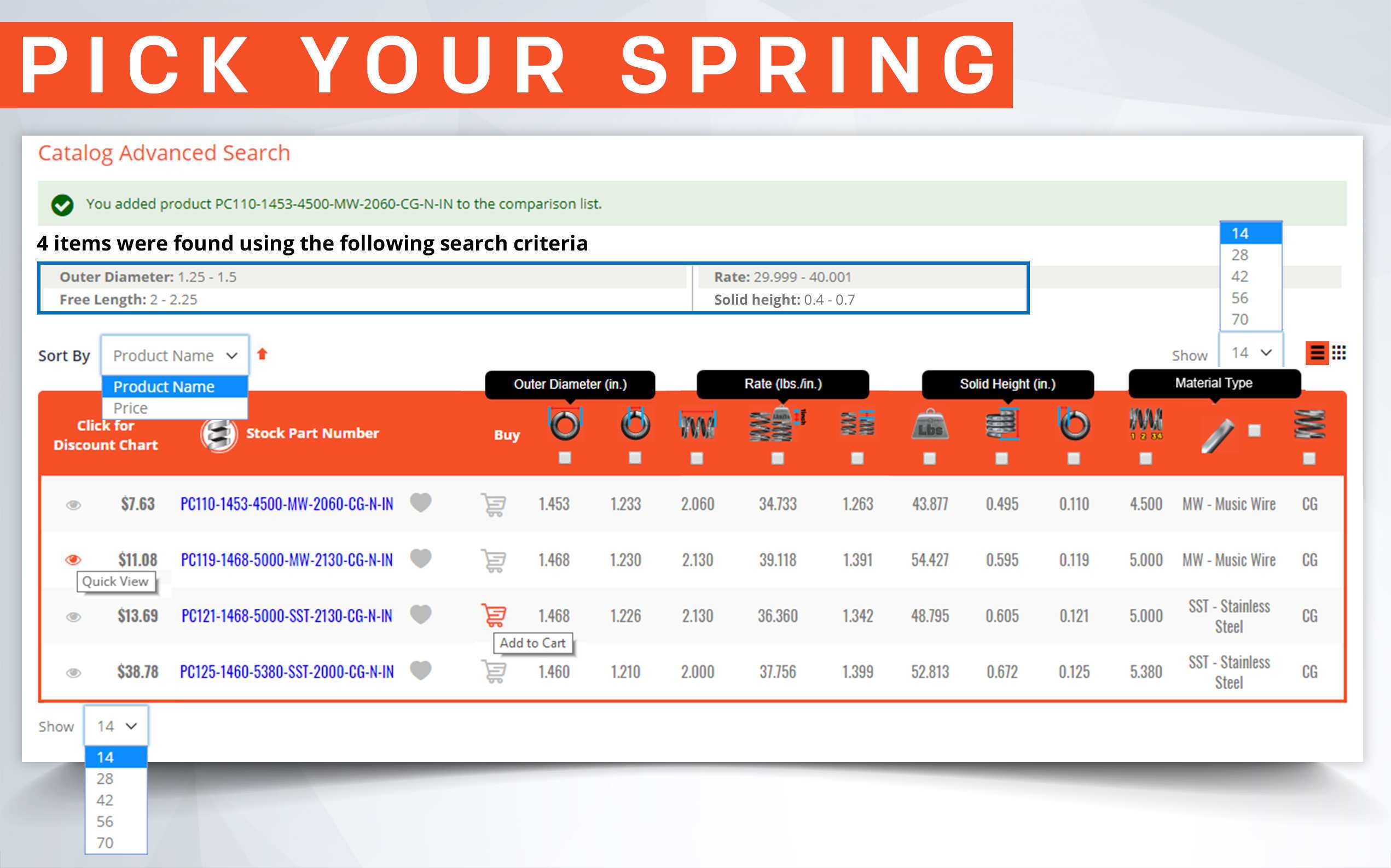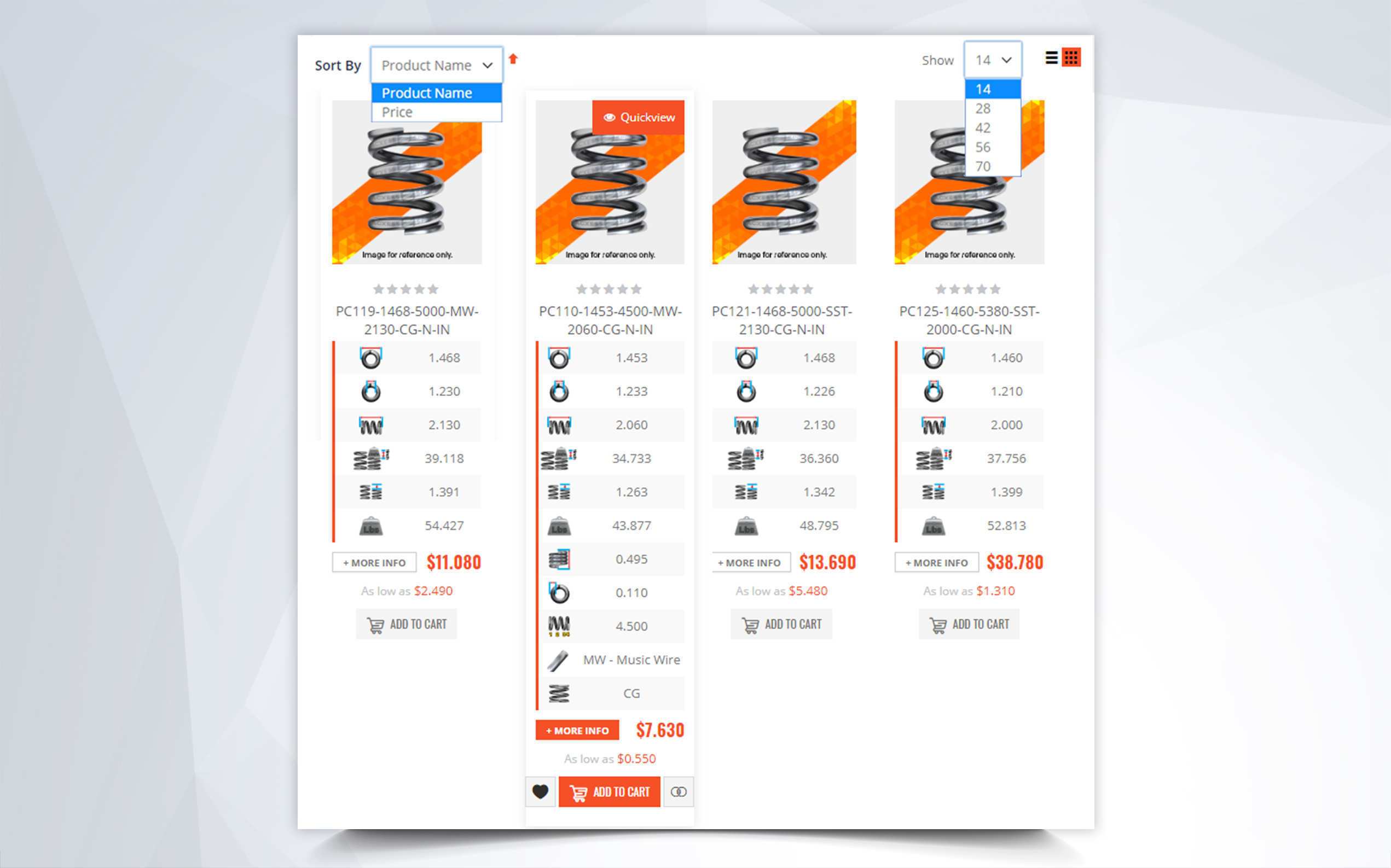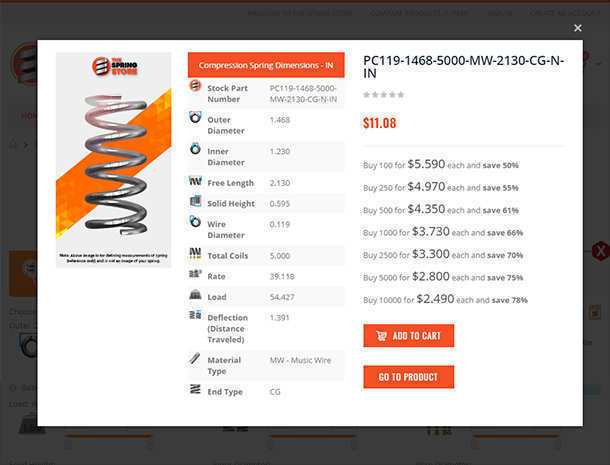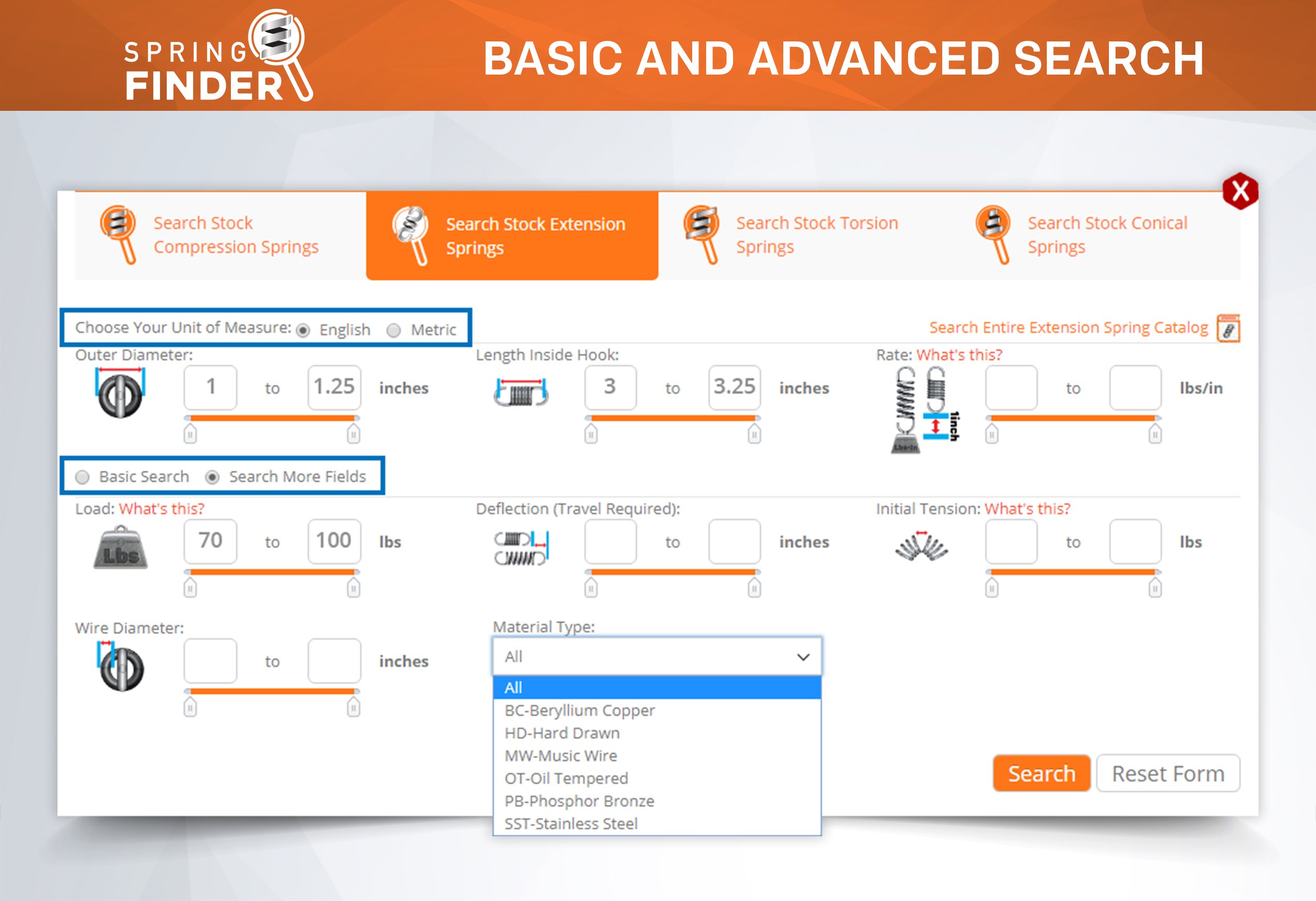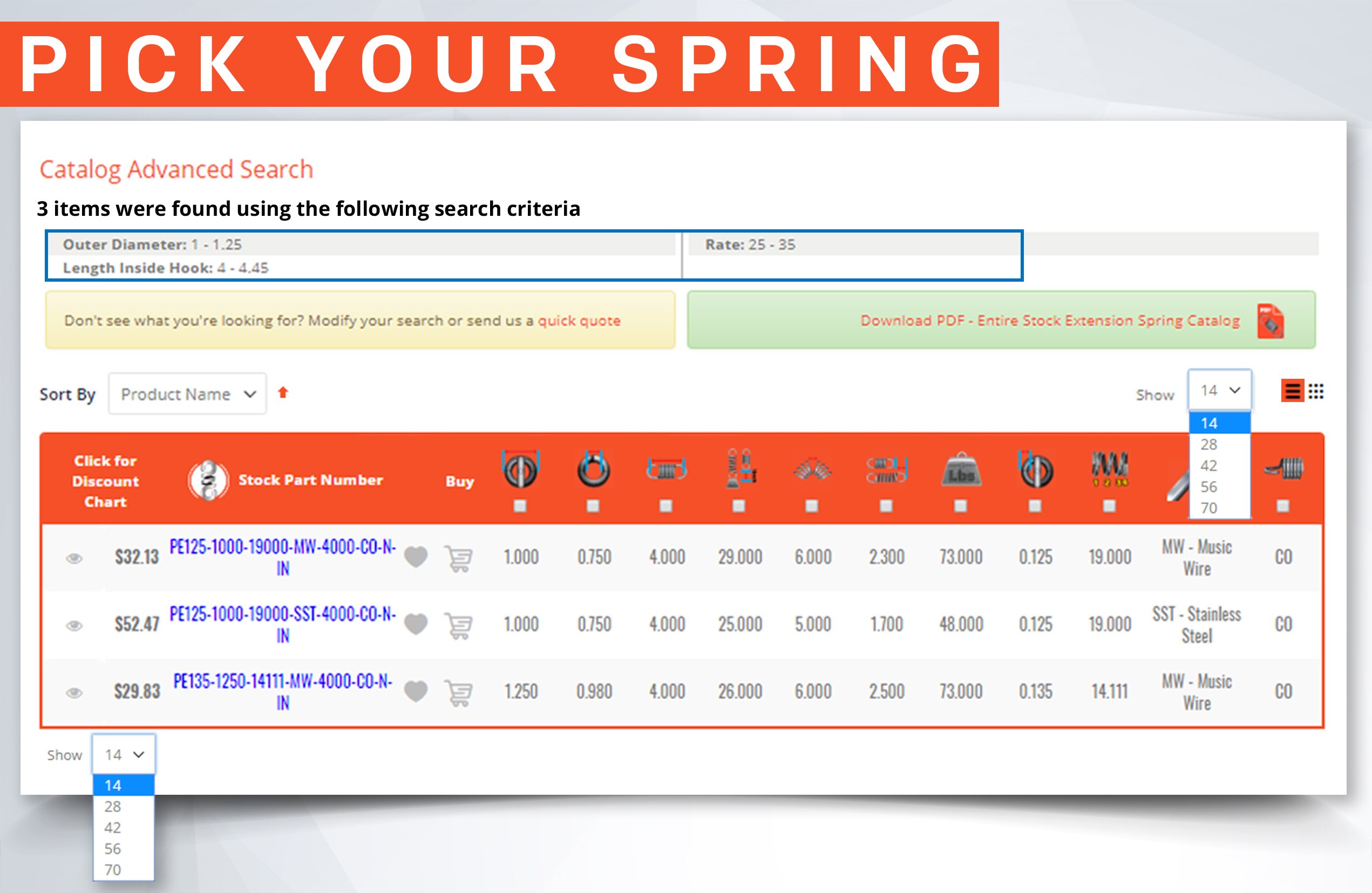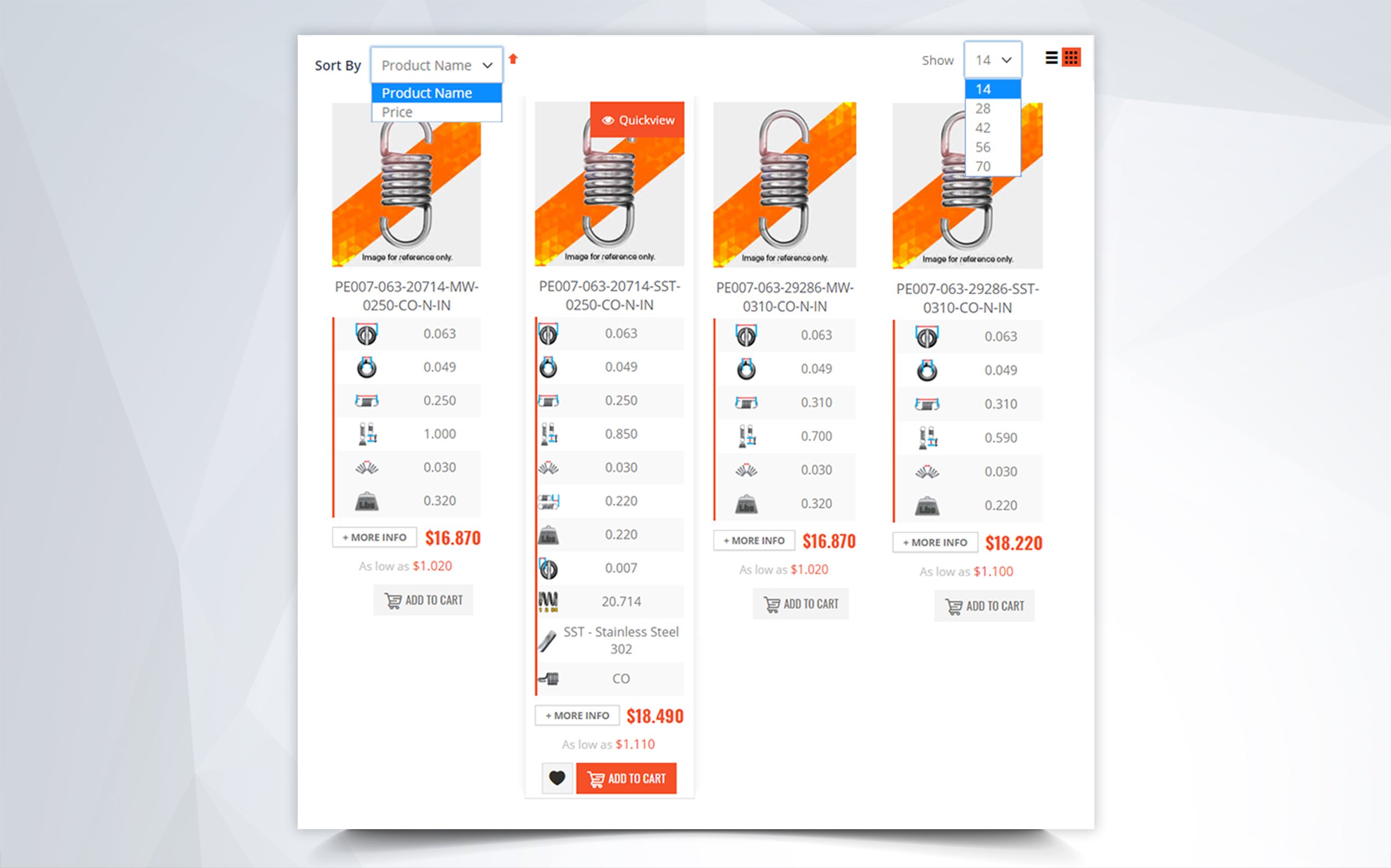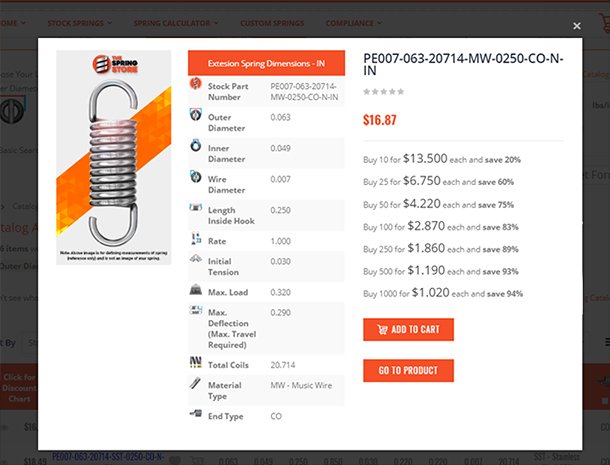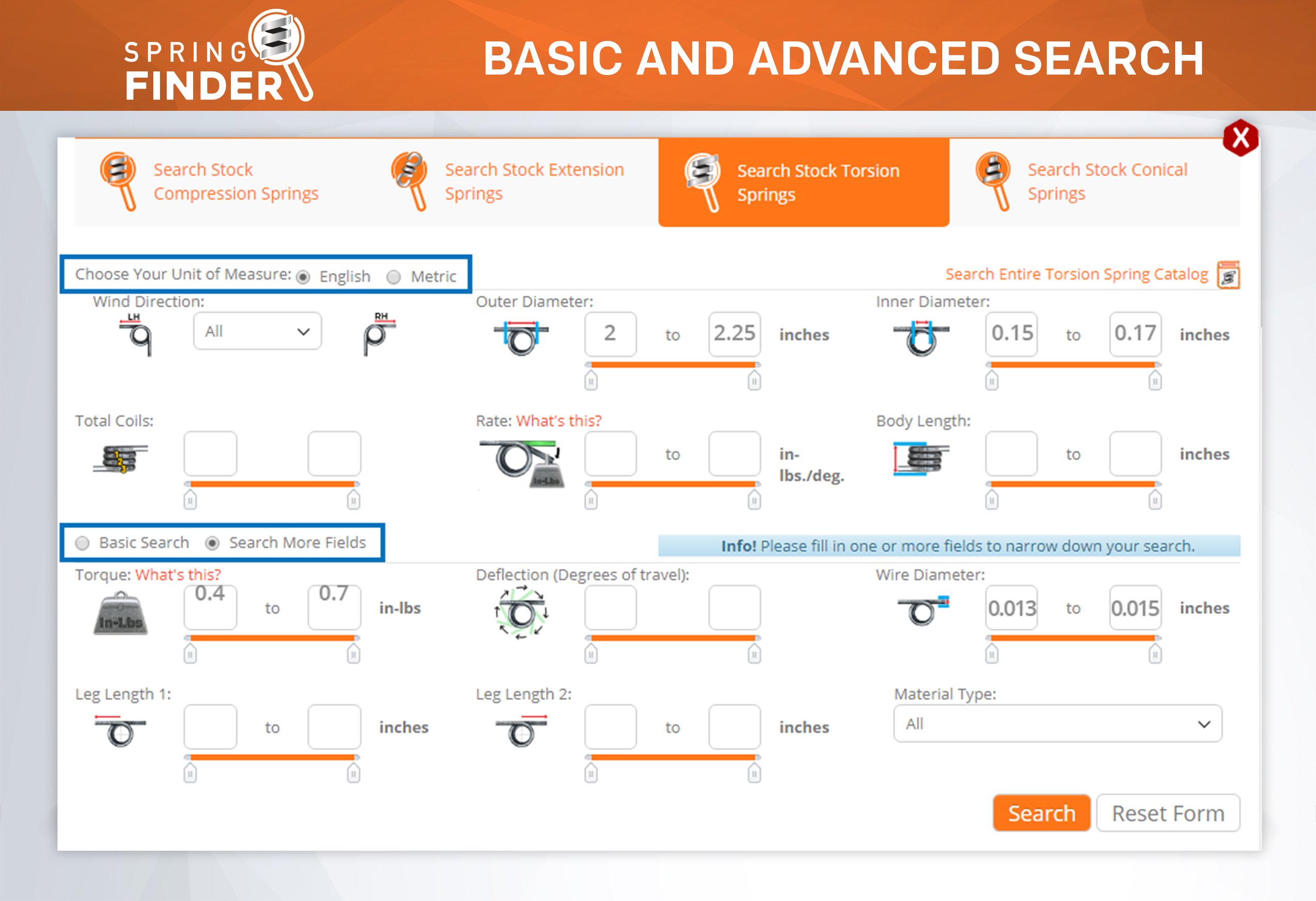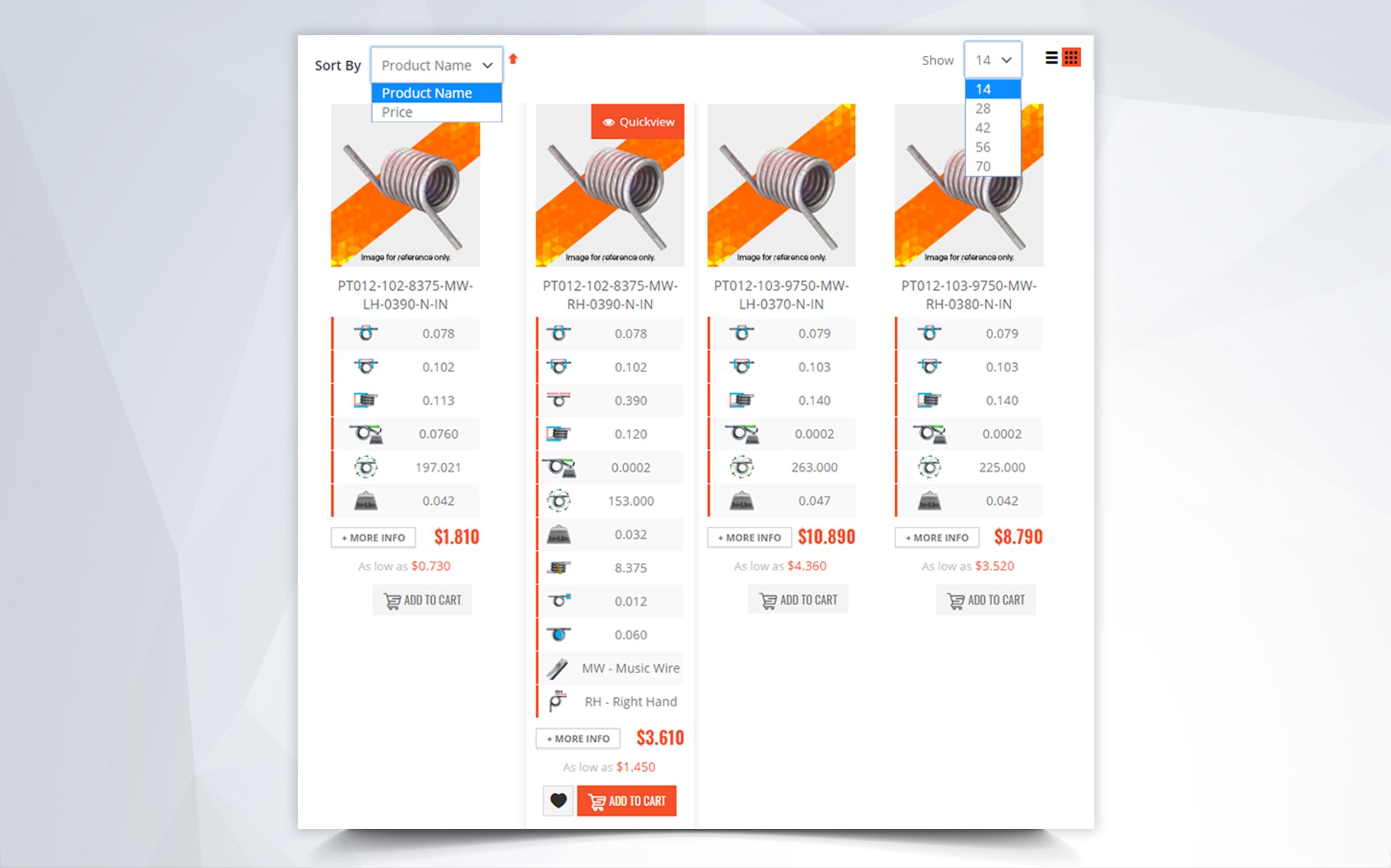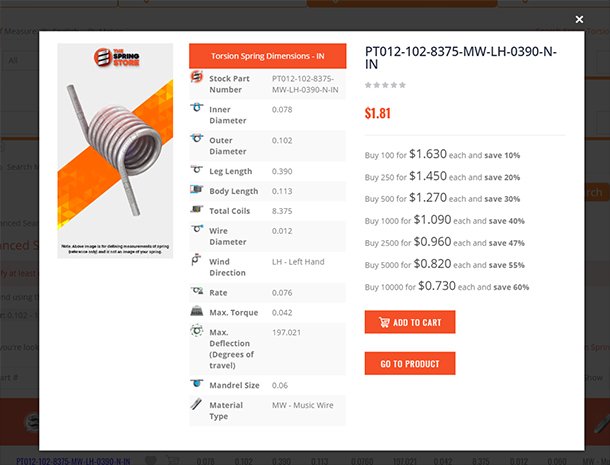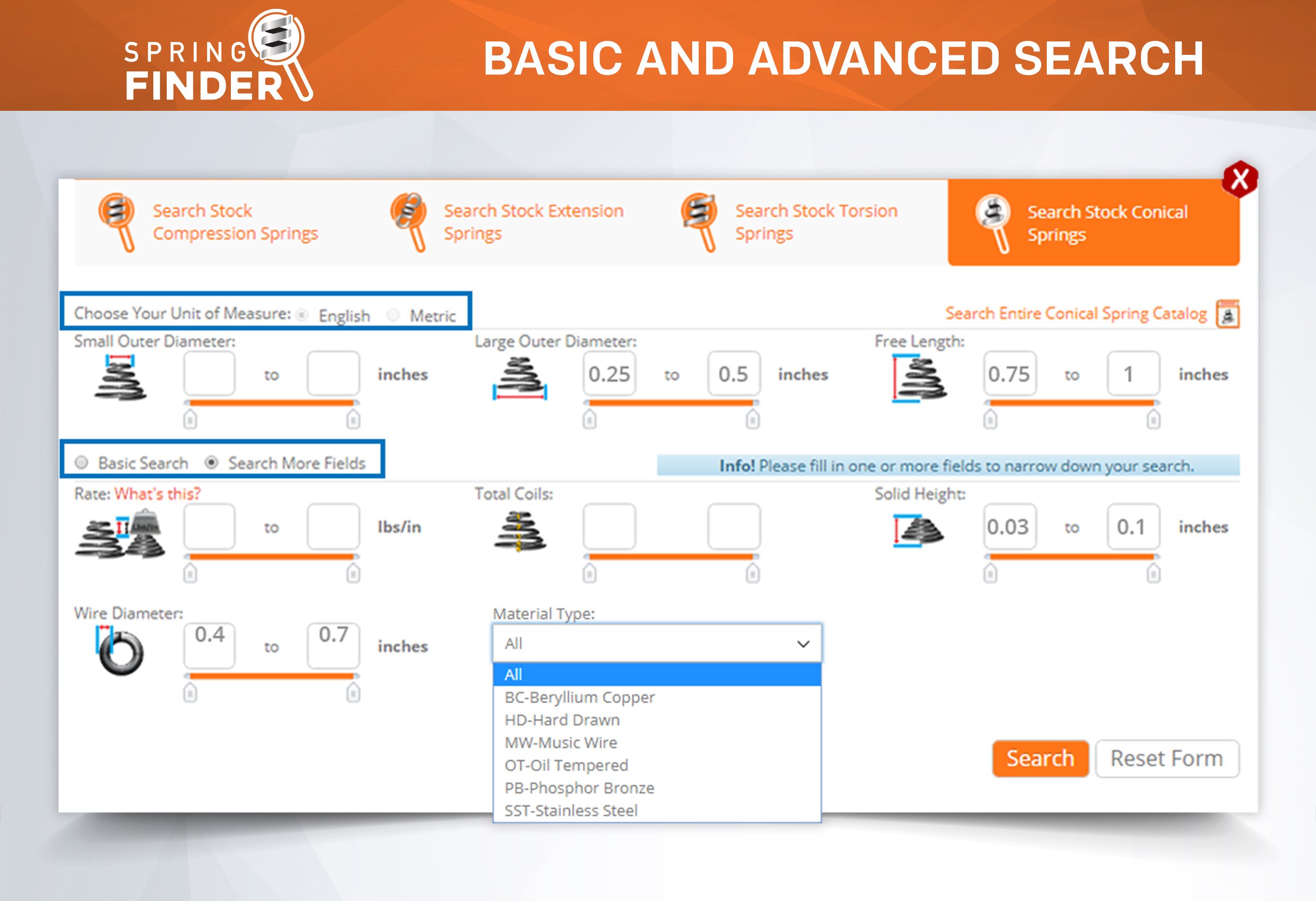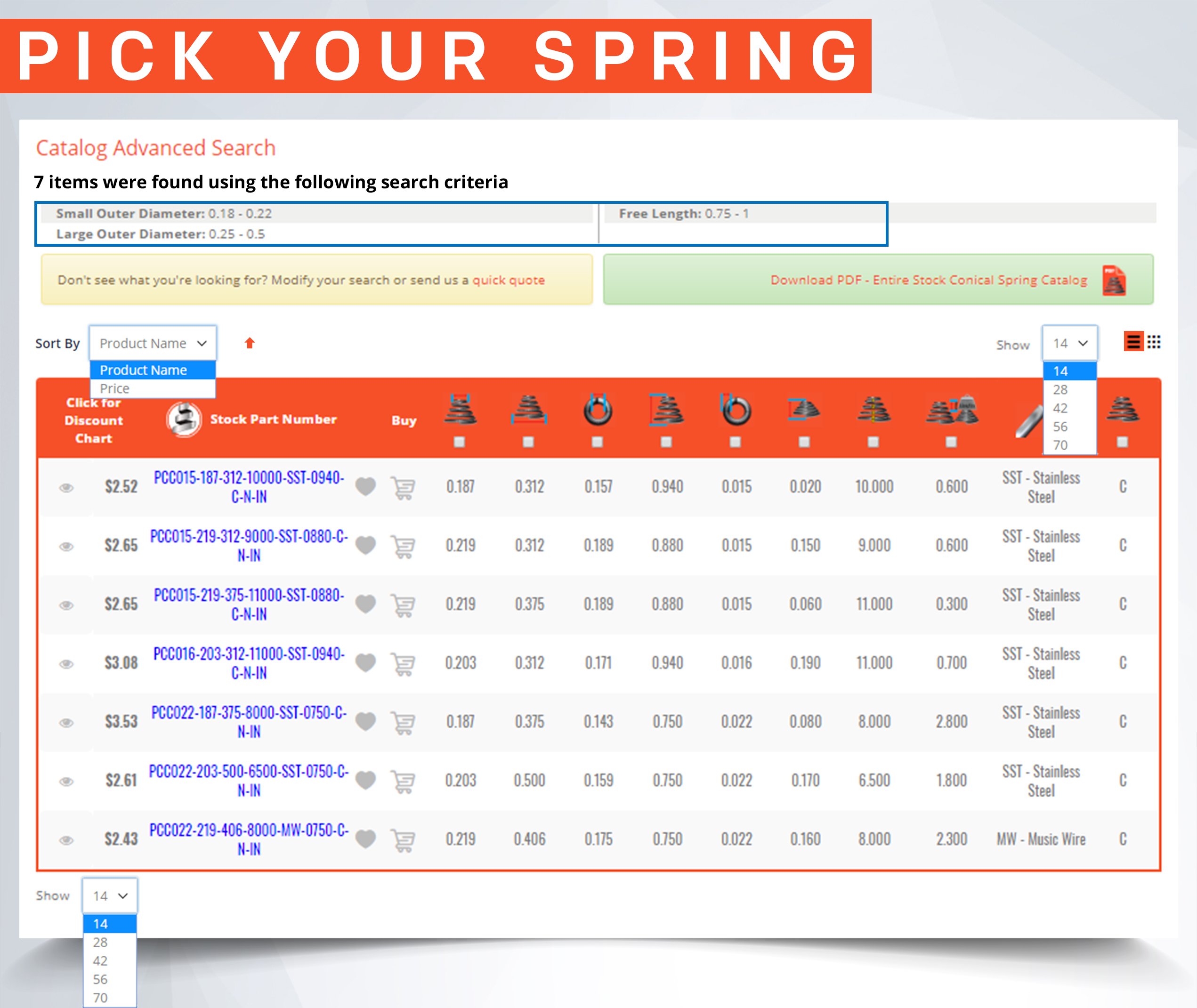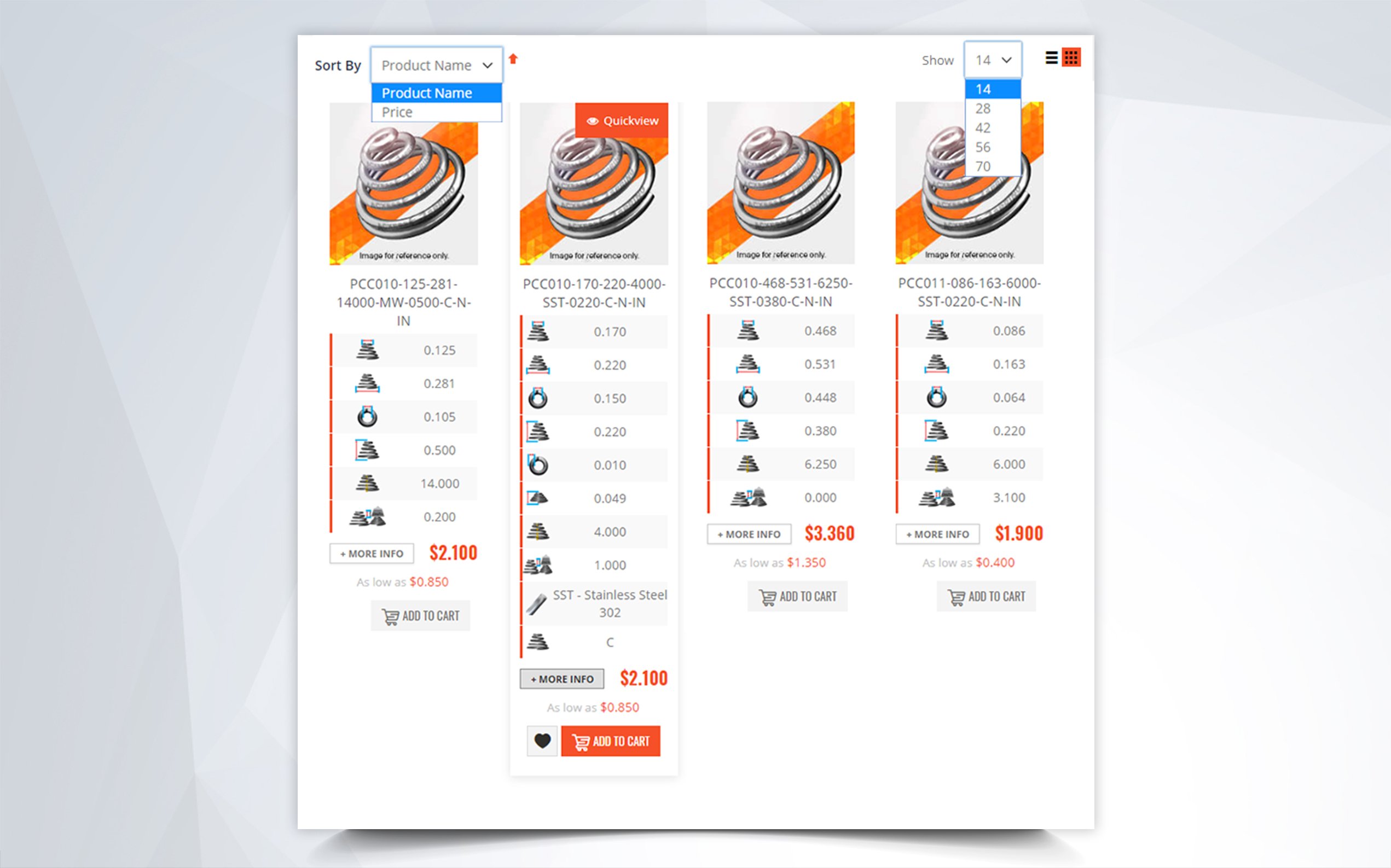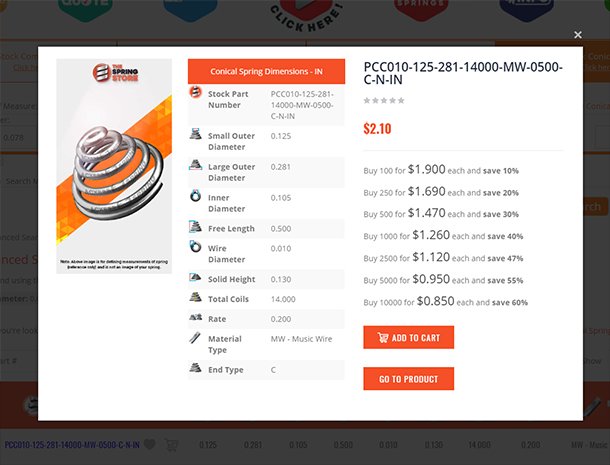4 Compression Spring Design Problems
Depending on how demanding your spring needs are you might run into a couple of curve balls when working on a compression spring design. Either you can’t make the working loads match your requirements, you can’t get the strength/elasticity you need, or you have a design that is very difficult to manufacture. Whatever the case, you will find the solution to these and several other problematics that may arise when creating a compression spring design.
Design Problem #1
My compression spring took a set…
When a compression spring takes a permanent set, it means you’re exceeding the maximum safe load along with the maximum safe travel. This may happen because you don’t know your spring’s maximum safe compression and probably tried to compress it all the way down to solid height. A set compression spring will not bounce back to its original free length but the free length will actually be shorter. This means you’ve lost force and coil memory.
Solution
The way to fix this is to re-design your spring so that it is both stronger but under less stress so that you can achieve more force and more travel. If you make an adjustment to make the spring stronger, it will achieve more force but it will be under more stress. Which is why you must find the ideal balance between strength and weakness tweaking the design to make it weak enough to be a little more elastic and strong enough to withstand the force. The adjustments you must make are explained in the force chart provided in this article. Use it to work on the design until you are able to reach the point where you can meet both your force and elasticity requirements.

Design Problem #2
My spring Index is too large / too small…
Both a loose or tight spring index can make it difficult to manufacture your compression spring. However, a tight index is much more complicated to manufacture. This is due to the stress that the tooling on the CNC machine is under when making these springs. The tighter it is, the more stress that the tooling is under which creates a risk of the coiling points breaking. This taken into consideration, not only will the spring be difficult to manufacture but it will also be a more costly job.
Solution
To fix a tight spring index (less than 4), you must loosen the coil diameter more by either making the wire diameter smaller and/or making the outer diameter larger. To fix a large spring index (over 15), you do the opposite: make the wire diameter larger and/or make the outer diameter smaller.
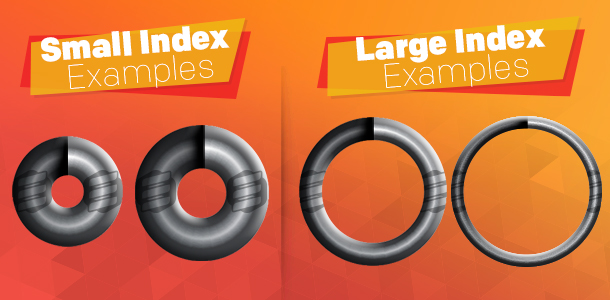
Design Problem #3
My spring buckles / bends during compression…
When you have a compression spring which bends or buckles during deflection/travel, it means you have a high slenderness ratio. This is the proportional ratio between your spring’s coil diameter and the free length. A spring with a free length more than three times longer than the coil diameter runs the risk of bending during deflection.
Solution
To fix this issue, you must either make the free length shorter, make the outer diameter larger, or go for a tapered design. Spring types with tapered sections of their body include conical springs, barrel springs, and hourglass springs. Tapered springs are non-linear so you would have to work out a design that’ll meet your working loads (load at loaded height).
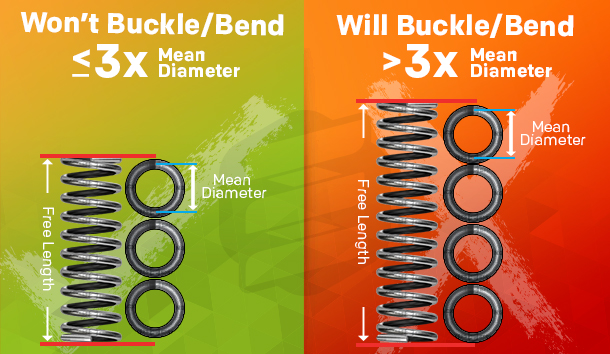
Design Problem #4
My spring’s solid height doesn’t allow me to meet my loaded height…
To calculate solid height, you must multiply the total coils by the wire diameter and add another wire diameter. If this measurement is longer than the solid height you want to achieve, you have a problem.
Solution
The way to solve this issue is by reducing the wire diameter or the number of coils. This might affect your spring’s rate or working loads so you might want to adjust the outer diameter as well while you’re at it to make sure it meets your needs. If you reduce the wire diameter, your spring will be weaker so you’d have to make the outer diameter smaller. If you adjust the number of coils, your spring will become stronger so you would have to make the outer diameter larger.
| Less Force | More Force |
|---|---|
| – Wire Diameter | + Wire Diameter |
| + Outer Diameter | – Outer Diameter |
| + Coils | – Coils |
| + Free Length | – Free Length |





